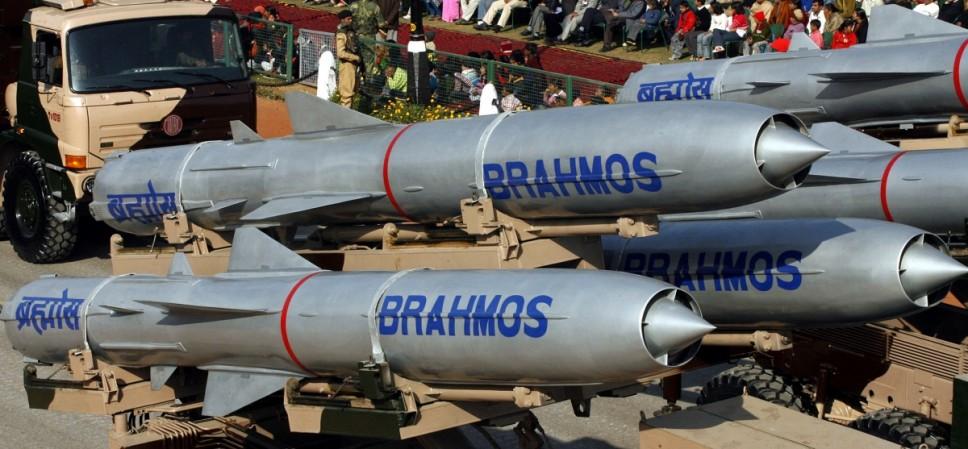
The Nirbhay cruise missile was an ambitious attempt by India to master sub-sonic cruise missile technology, but out of the four times it was tested, it has succeeded only once. Following the recent test in December 2016, a review was held to explore the reasons behind the debacles.
Earlier, reports had suggested that the project could be scrapped. Following the review meet, however, the defence minister is said to have given the team an extension until June 2018.
Aeronautical Development Establishment (ADE), Bengaluru developed missile and the first test flight was held in March 2013.
In its first test flight, the missile deviated from its path and the "destruct" mechanism had to be deployed.
The second test of the missile in October 2014 was successful, with the missile travelling over 1,000 km- the only time the missile covered its intended range.
The third test was held in October 2015. The missile lost control and fell within the safety zone, after the first stage.
The fourth test was held in December 2016. The missile veered dangerously towards one side after lift-off and strayed outside the safety zone, forcing the scientists to abort the mission. There has not been any official word on the test flight, though reports have said the attempt was an "utter failure."
The defence ministry has also set up an independent technical committee to identify the problems. The committee is headed by Dr Nagarajan Vedachalam, Indian space scientist, founder director of ISRO Inertial Systems. He is also expected to recommend measures to put the project back on track.
The committee will also look into accusations made by the two labs of Defence Research and Development Organisation (DRDO) – the Aeronautical Development Establishment (ADE) and Research Centre Imarat (RCI). The ADE accused RCI of supplying defective hardware and the latter has been blaming the former for software issues.
The missile has a range of over 1,000 km and can carry conventional and nuclear warheads. It weighs 1,500 kg, can carry a 300 kg warhead and has a length of 6 metres.
The missile is vertically launched and in the first stage, a mechanism inside the missile propels it to gain a horizontal position and the booster engines are jettisoned into the sea. The missile's second stage is activated thereafter. This stage features turbo engines that will cruise with its wings spread out at subsonic speeds of 0.7 Mach.










